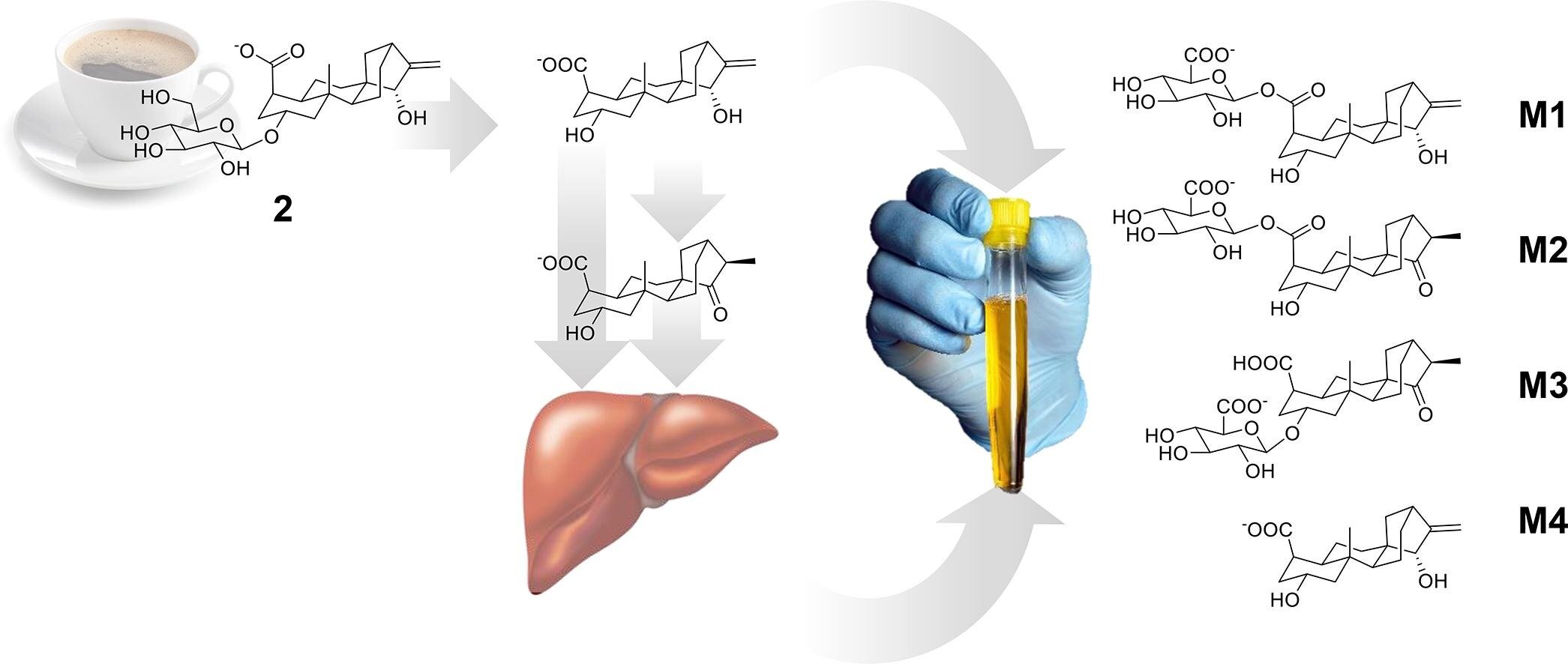Researchers in Germany have identified three new biomarkers that may help accurately indicate levels of coffee consumption, a key metric in almost all research related to coffee and health.
Before getting into the study’s findings, let’s first state the problem: The academic world has been woefully lax in determining accurate coffee consumption data. This is largely due to the fact that most studies rely on some form of self-reporting among study participants.
For example, while most studies identify “cups” as a unit of measurement, they typically do not define what constitutes a cup — whether it be an 8-ounce cup, a 4.5-ounce cup (as some home coffee machine makers would have you believe) or Venti-sized cup from Starbucks.
Additionally, studies focused on the health-related effects of coffee consumption almost never identify the preparation method or other potentially important variables such as brew strength or caffeine content.
Now, a research team at the Leibniz Institute for Food Systems Biology at the Technical University of Munich (LSB) is suggesting self-reporting of coffee consumption data may be augmented by three new biomarkers.
In a study published last month, the researchers said they identified three new biomarkers that stem from a group of chemical substances that are formed in large quantities during coffee roasting but are otherwise rarely found in other foods.
“Although earlier studies had already pointed to biomarker candidates, research on this had stalled for years,” the Leibniz Institute stated in an announcement of the findings. “The substances previously detected were metabolic intermediates or breakdown products (metabolites) of various coffee compounds whose urine concentrations correlated strongly with the level of coffee consumption. At the time, however, the researchers had not succeeded in clearly identifying the molecular structure of the metabolites.”
For the biologists and chemists among us, the new study identifies the biomarkers as a glucuronic acid conjugate of atractyligenin, whose glycosides are present in relatively high concentrations in coffee beverages, and two glucuronic acid derivatives of an atractyligenin oxidation product.
The full study, published in the journal Food Chemistry, can be found here.
Does your coffee business have news to share? Let DCN’s editors know here.
Comment
1 Comment
Comments are closed.








Are these components the taste making? How different are the components in coffee from different origins?